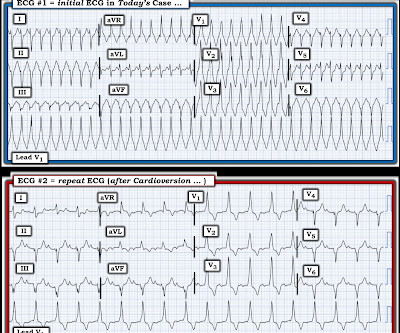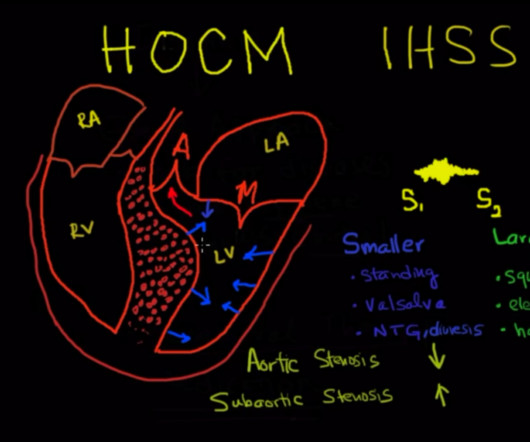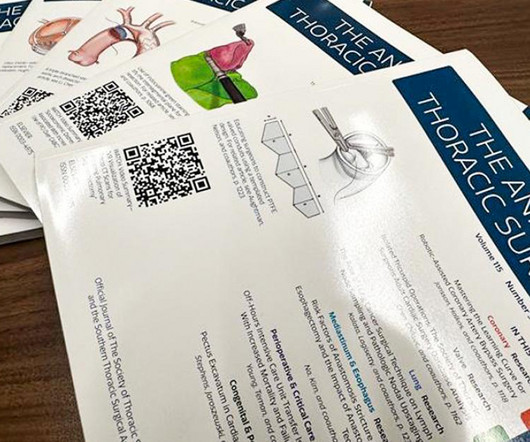Atrial Fibrillation Ablation in Congenital Heart Disease: Therapeutic Challenges and Future Perspectives
Journal of the American Heart Association
JANUARY 9, 2024
Journal of the American Heart Association, Ahead of Print. The increasing prevalence of atrial fibrillation (AF) in adults with congenital heart disease raises significant questions regarding its management. Emerging imaging modalities and ablation techniques might have a role to play.













































Let's personalize your content